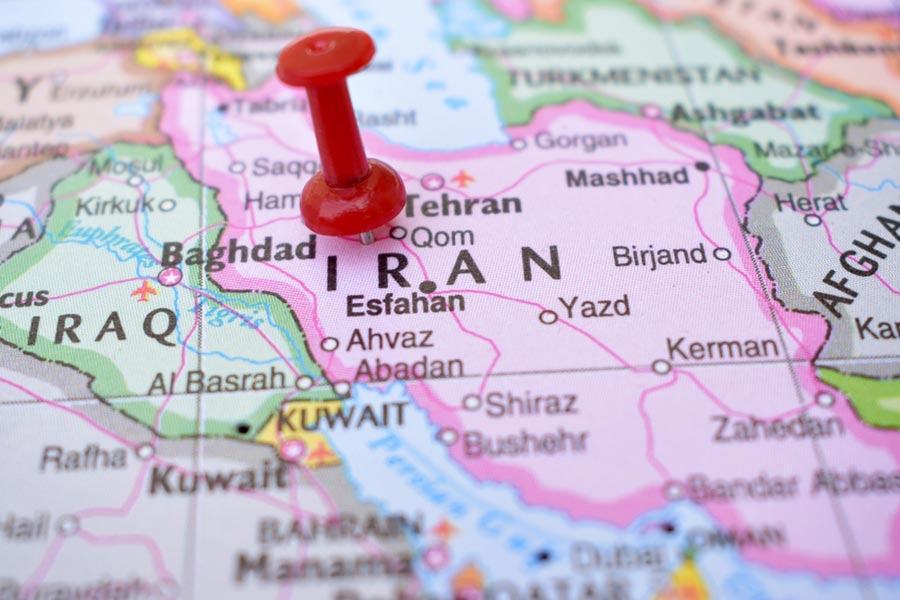Words and pictures are not adequate to convey the range of what is unfolding across the country with the protests against the Citizenship (Amendment) Act. The coverage needed data visualization maps for different points of time to capture the breadth of the movement as it spreads across states and cities.And to deepen our understanding of its geography and timeline. But our journalists are not responding with these techniques as yet.
At the turn of the decade the media are in transition across the world. The pithiest description of the change came from the editor in chief of Bloomberg News when he described news as “an industry in transition, not in decline. It is re-emerging as something more digital, more personalized, more automated, more paid for”.
The last decade in India has been one of digital proliferation and the growth of both alternative and niche media. But as the number of news sites burgeoned, technology use became more about being found on Google and Facebook and less about tech-enhanced journalism. It became about recommendation technology on websites using bots to both figure out consumer behaviour and direct them to other stories they might want to see. Not so much about machine learning and artificial intelligence producing data-heavy stories at one end of the spectrum. Or about combing vast datasets or combining a range of digital sources to produce an investigative outcome, at the other end.
In this period technology has driven enormous change in media consumption. It has become a world of mobile-optimized information and entertainment both here and abroad. Most new journalism ventures, both video and print, are digital; technology has brought pay to digital consumption through paywalls, and also made alternative funding possible via online crowdfunding. The paywalls, incidentally, have become a daily barrier to routine journalistic and other kinds of research, which is something nobody is pointing out.
The internet connected up some 500 million people in this country in less than five years through broadband and telephony, and made video ubiquitous. The burgeoning of social media and the advent of WhatsApp made an alternative medium possible for the political class to use and misuse. And the technology to both create and expose fake news was born.
Meanwhile, audio, the oldest of communication technologies, became trendy again via the podcast. Podcasts have also become sites of investigative journalism. All in one ten-year period.
Technology has led to news overload but did it increase the depth and breadth of news gathered? Or do we just have multiple forums now offering the same level of reporting? In India at this point the latter is the case.
But in some newsrooms abroad, data scientists and computer engineers are being hired in increasing numbers because the scale of ambition is different. The New York Times has a research and development team. One of the things the paper did recently was to create a geo-located data layer over the real world which brings alive the levels of air pollution in major cities. If you are reading it in Delhi it uses your location to help you visualize just how bad the city’s air is. Spatial augmented reality enables new forms of data to be visualized physically and in real time.
The Washington Post’s chief information officer was in India last year describing how the numbers of both journalists and technical staffers went up substantially after Bezos bought the paper. And they work in tandem. Algorithmic predictions of how an article will perform is used by editors to decide how to promote it across platforms or on different social networks. The choices digital editors make has a lot to do with using metrics. Newsrooms are now expected to roll out multiple headlines for the same story for optimization through audience testing.
Separately, one of the things the Post has done recently is to develop a video taxonomy or a “universal language to label manipulated video”. Building on that others are evolving a standard for fact-checking visuals.
All technological innovation is not happening in the Western hemisphere. The world leader in personalization is a Chinese company called Toutiao which has an app that uses algorithms to select different content for individual users. It uses natural language processing and computer vision, to extract entities and keywords as features from each piece of content. Machine learning is getting better at understanding Google’s selection of stories.
And as for bots writing stories, although the much touted example of this is the Associated Press’s use of automation for writing stories on company results, Toutiao’s artificial intelligence capabilities helped it to turn out stories at speed during the Rio Olympics.
In the decade that has begun, the technological shift could mean moving from digital to virtual, from algorithms to artificial intelligence, and then going further to deploy other technologies to enhance journalism.
Microsoft News Labs has come up with an AI-driven programme that can search datasets from PDFs and emails to photo and digitized magazine clippings. But even before this, the Panama Papers investigation had used technology to make swathes of data searchable.
Additionally, journalism research institutes and organizations like the BBC are now focusing on training in what is called Open Source Intelligence (OSINT) using digital sources on the Web. The range of methodologies used is 3D modelling, audio analysis data mining, remote sensing, photogrammetry, and plain field work. The way forward for an Indian media house with the right kind of ambition would be to partner, as established media outlets abroad have done, with groups like Forensic Architecture and Bellingcat, who have demonstrated the amazing potential of this approach.
To investigate and document environmental degradation and pollution, for example — perhaps the biggest challenge for humanity in the immediate future — more and more journalists will need to adopt the techniques and tools of OSINT.
Forensic Architecture, for instance, investigated oil and gas pollution at a location in Argentina. A multidisciplinary research group based at the University of London uses architectural techniques and technologies in its investigations.
Much of this, of course, has to do with what media outlets consider journalism’s job to be, regardless of what the algorithms are telling us regarding what people want to read about. While videos of all kinds of incidents fly around on WhatsApp, the potential for investigating some of these to nail culpability exists. You only need to have the investigative will and energy to deploy.
There are more CCTVs in Indian cities today than ever before. Apart from video-wielding bystanders. Using scraps of video footage with computer-based forensic techniques now available can put the UP police squarely on the mat for recent excesses should anyone wish to attempt it.
So far, the media tech story here has been primarily one of enabling alternative journalism, widening access, enabling viability, and only marginally about enhancing journalistic capability. That needs to change.
The author is a media commentator and was the founder-editor of TheHoot.org










